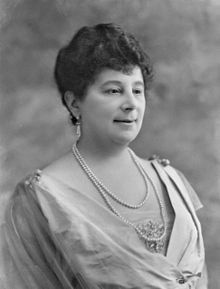(1979)
Directed, Written, and Researched by Jeff Stein
Starring Peter Townshend, Roger Daltrey, John Entwistle, Keith Moon
IMDB Entry
A description of the film from theWho.net
The cast list should have tipped you off: this isn't the 2010 film about a lesbian couple. It is one of the top ten rock documentaries.
I've been a big fan of the Who from the early 70s, when Tommy was played constantly on our college campus. Pete Townshend was one of the great rock songwriters, while John Entwistle was the just a great rock bassist. And Keith Moon was clearly the most impressive rock drummer ever. So when the film came out, I wanted to see it.
And The Kids are Alright is different from most of the genre. Usually, the filmmaker starts filming a concert or tour and edits the footage to make a movie. Director Jeff Stein -- who had never directed before -- had the brilliant idea of collecting video and film clips of the Who performing on TV and in concert and weaving it into a single film. He pestered the group to let him try it, and when he showed them an early version, they fell in love with it and let him complete the film.
The Who was one of the most theatrical of rock groups. You had Daltrey as the lead singer, dancing and spinning the microphone around like a lasso. Townsend's guitar playing was bravura -- part musician, part dancer as he hopped around the stage and used his famous windmill* to bash out the music, often with him smashing the guitar at the end of the show. Moon was a madman behind the drums, playing faster than it seemed humanly possible and bouncing drumsticks up into the air, where he'd catch them without losing a beat. Entwistle was the opposite of them all -- he never seemed to show any expression as he played. In the early days, they always dressed in high Mod style.**
The movie consists of performances and interviews, with Moon showing his mad side at every turn, and the others joining in. In the opening sequence -- as they took over The Smothers Brothers Show and refused to say their rehearsed lines -- Keith Moon set off a firecracker that probably led to Townsend losing his hearing***.
We hear some tidbits, like how the group managed to get new guitars in the early days when they weren't making much money. Townshend would run into a guitar store, grab one quick, and then shout out, "Put it on our bill!"
The movie is one fine performance after another, capturing the excitement of one of rock's greatest stage acts.
_________________________________________________
*Moving his right arm in a giant circle before playing a power chord. He may not be the one who invented the trick (I've seen in credited to blues great Sister Rosetta Tharp), but he made it his own.
**A British teenage subculture that stressed high fashion and rock and roll. They competed and brawled with the Rockers, who had a motorcycle gang leather jacket image.
***Mood died while the film was being finished.








 Well, I see Laura Nyro's been nominated to the Rock and Roll Hall of Fame. And it's about time -- though I fear that she won't be inducted. Her greatness is indisputable, but popular success always eluded her, despite the fact that she is one of the three greatest female rock songwriters of her era.*
Well, I see Laura Nyro's been nominated to the Rock and Roll Hall of Fame. And it's about time -- though I fear that she won't be inducted. Her greatness is indisputable, but popular success always eluded her, despite the fact that she is one of the three greatest female rock songwriters of her era.*

.jpg) (1987)
(1987) 